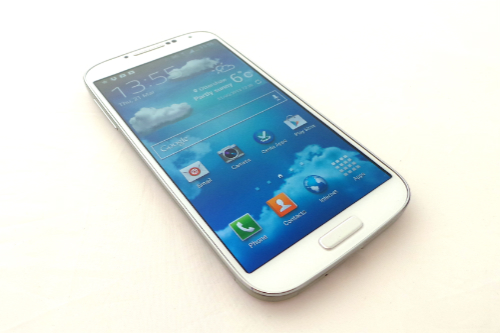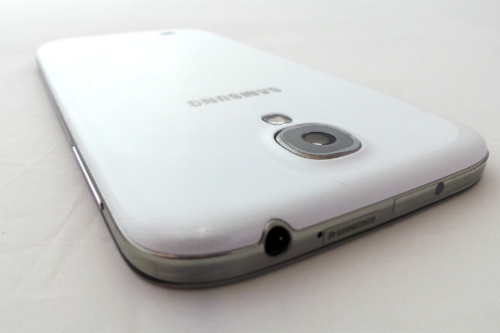The Samsung Galaxy S4 might be made of plastic, but it has been revealed that the device industry experts have discovered that the ‘most hotly tipped smartphone for 2013’ actually costs more to build than the iPhone 5.
A teardown by industry analysts IHS estimated the bill of material (BOM) for the Galaxy S4 is around $236, which equates to 15% more than its predecessor, the Galaxy S III, and significantly more than the manufacturing cost of the iPhone 5.
Vincent Leung, senior analyst for cost benchmarking at IHS said “although its hardware isn’t radically different from the S III, the S4 includes some critical component updates that enhance its functionality as well as its BOM cost.”
The Korean smartphone manufacturer has brought some major upgrades to the S4 including a 5-inch super AMOLED display, under the hood sensors which enable the new S-Health app to keep track of your fitness levels, and the Exynos Octa 5 eight-core processor.
But, it has recently been announced that the UK and the US are amongst many markets that won’t be receiving handsets with the Exynos eight-core chip because it doesn’t support as many 4G network bands as the 1.9GHz quad-core users UK will receive.
This news has further disappointed fans who have already expressed their annoyance at the lack of physical changes made from its predecessor, the S III.
However, the S4 does compensate for this somewhat by featuring a slew of software innovations and a premium spec that looks set to prove critics wrong and propel the firm even further into the smartphone spotlight.
IHS research also found the majority of components in the S4 have been manufactured by Samsung itself, and it seems the firm has made a concerted effort to produce components including the display and processor in-house. The display has seen the biggest cost increase to $75, which is $10 more than the S III’s screen cost.
Approximately $149 of the overall BOM will go back into the company’s component divisions, a figure even higher than that currently achieved by the likes of Apple.
The fact that Samsung has taken charge of producing its own components gives it full control over the device, allowing it to get to market more quickly and avoid the risk of supply chain shortages, which have recently affected the release of the HTC One.
It also means that from the beginning, Samsung is able to build a software platform that can be fully utilised by the hardware. However, tech writer Parmy Olson of Forbes noted that while Samsung is clearly a forward-thinking company there is a risk that the in-house production of parts could backfire.
Olson pointed out that if Samsung becomes its own best customer this in turn creates “a burden on its mobile division to keep dominating the market”.
Early reviews of the S4 have been pretty positive so far but many critics would say the manufacturer is its own worst enemy. No matter how successful the S4 is, if it doesn’t reach the same level of success achieved by its former flagship, the device is at risk of being labelled a flop.
Speculation aside though and the firm is continuing to the lead the way in the smartphone world, with its strong financial positioning guaranteed to carry it forward, regardless of how well the S4 performs in the marketplace.
With just under a month to go before the new flagship hits shelves pricing is yet to be revealed, although industry experts are already estimating that regardless of its higher production costs it will be cheaper than the iPhone 5 when it goes on sale from 26 April.
To see the S4 in all its glory before it goes on sale check out our hands-on video review below.



